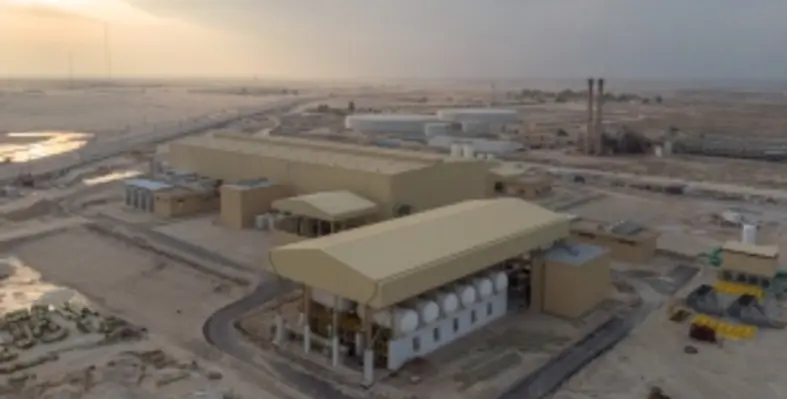Siemens has received a follow-up order from the A3C consortium (Rawafid Industrial, Advanced Water Technology, SETE and Al Fatah) to equip eight seawater desalination plants in Saudi Arabiawith electrical equipment
The new plants for seawater desalination using the principle of reverse osmosis are spread along the West coast of Saudi Arabia. The total capacity of the plants will be 240,000 cubic meters per day, with a power consumption of 3kW per cubic meter of produced water
The scope of supply from Siemens includes hardware and software engineering, power distribution, PCS7 automation, medium and low voltage converters, Industrial Ethernet communication technology and process instrumentation for eight reverse osmosis plants, plus plant commissioning. The project will follow a tight schedule, with commissioning planned from autumn 2019.
In 2017, Siemens was commissioned by Rawafid Industrial and Advanced Water Technology (AWT) to set up a drinking water production plant on the coast of the Persian Gulf.
The completed Al Khafji reverse osmosis desalination plant in North East Saudi Arabia is the world's largest solar-powered plant of its kind. Here, seawater is converted to freshwater through a two-stage reverse osmosis process powered by photovoltaic energy. Rawafid Industrial relied on solutions from Siemens for the electrical equipment, automation with integrated drive technology, communication and instrumentation. Through the efficient use of solar power, the plant reduces carbon dioxide emissions significantly compared with plants supplied with energy from non-renewable sources.
In addition, the Siemens technology ensures system availability of about 98 per cent. The vertical and horizontal integration of all electrical components reduces OPEX (Operational Expenditure) costs as well as maintenance times. Centralised process monitoring and automation ensure maximum energy efficiency and sustainable water supply.





